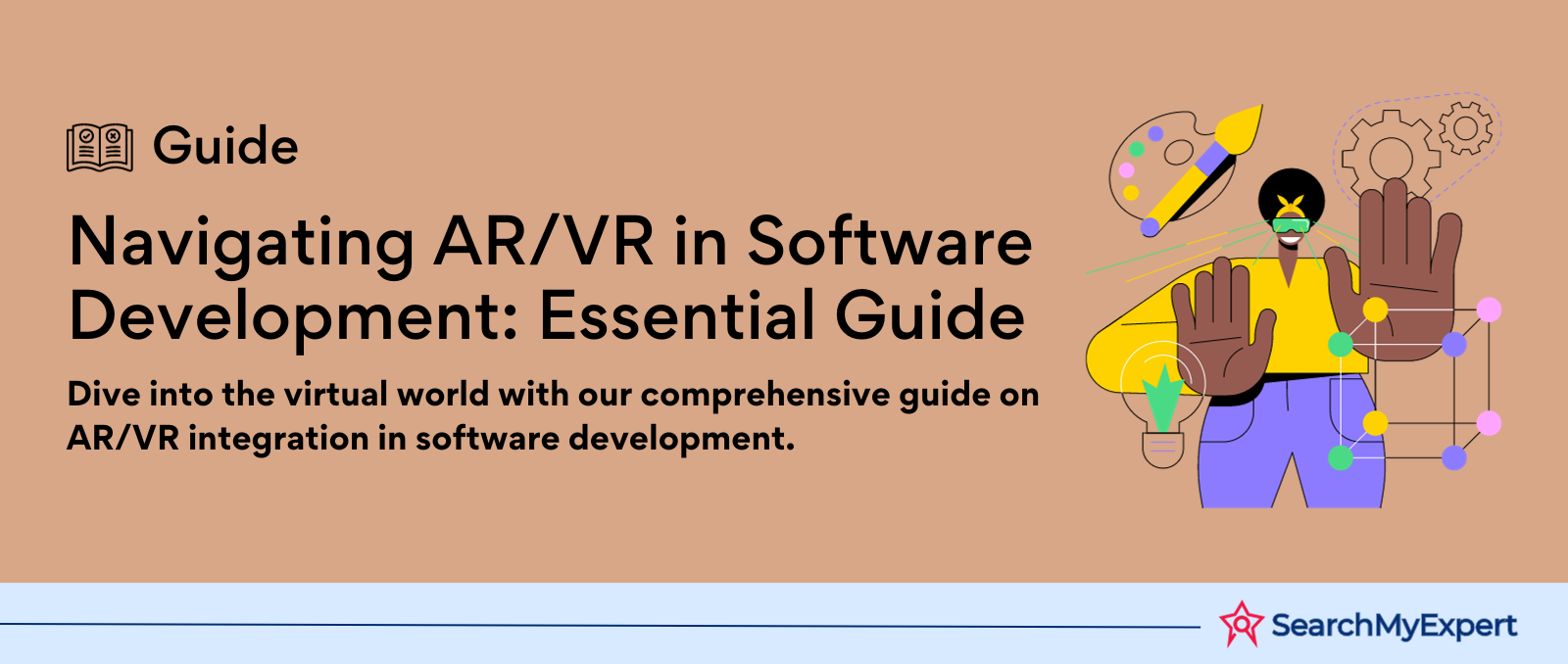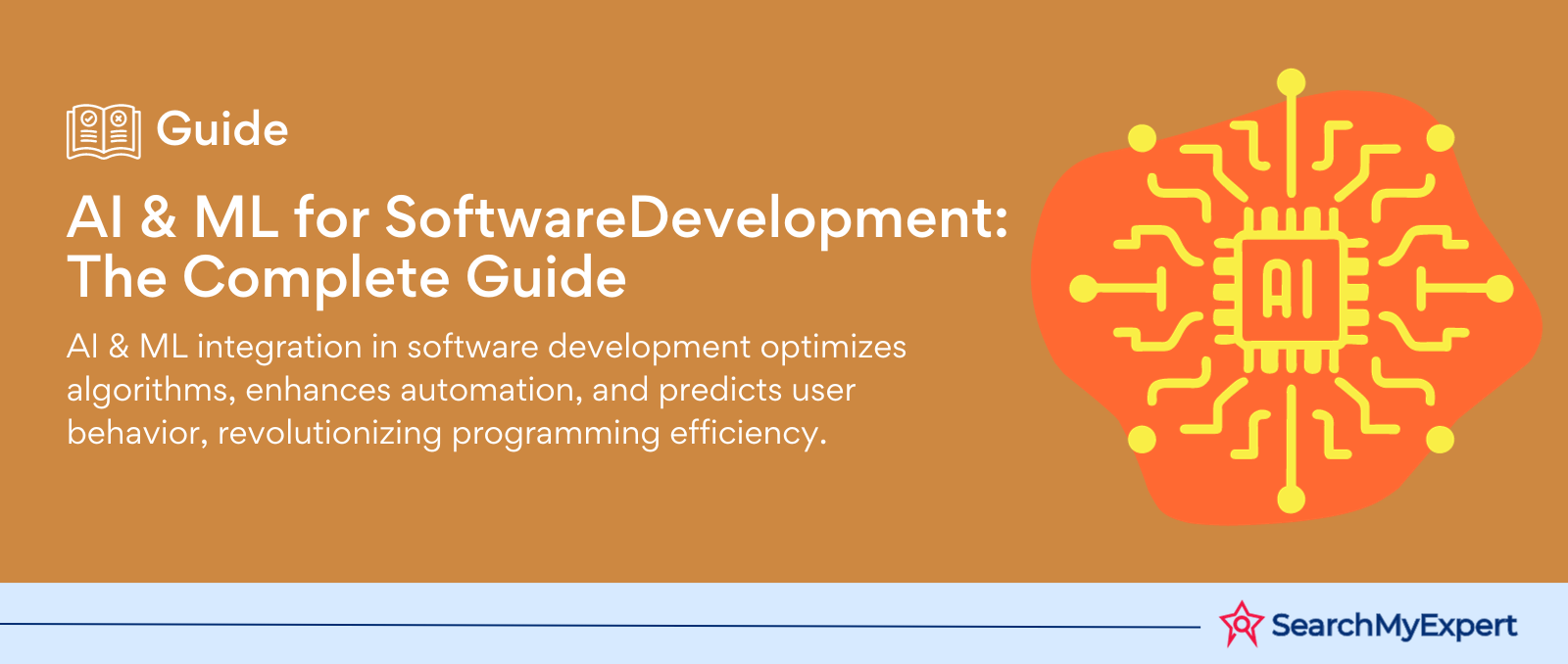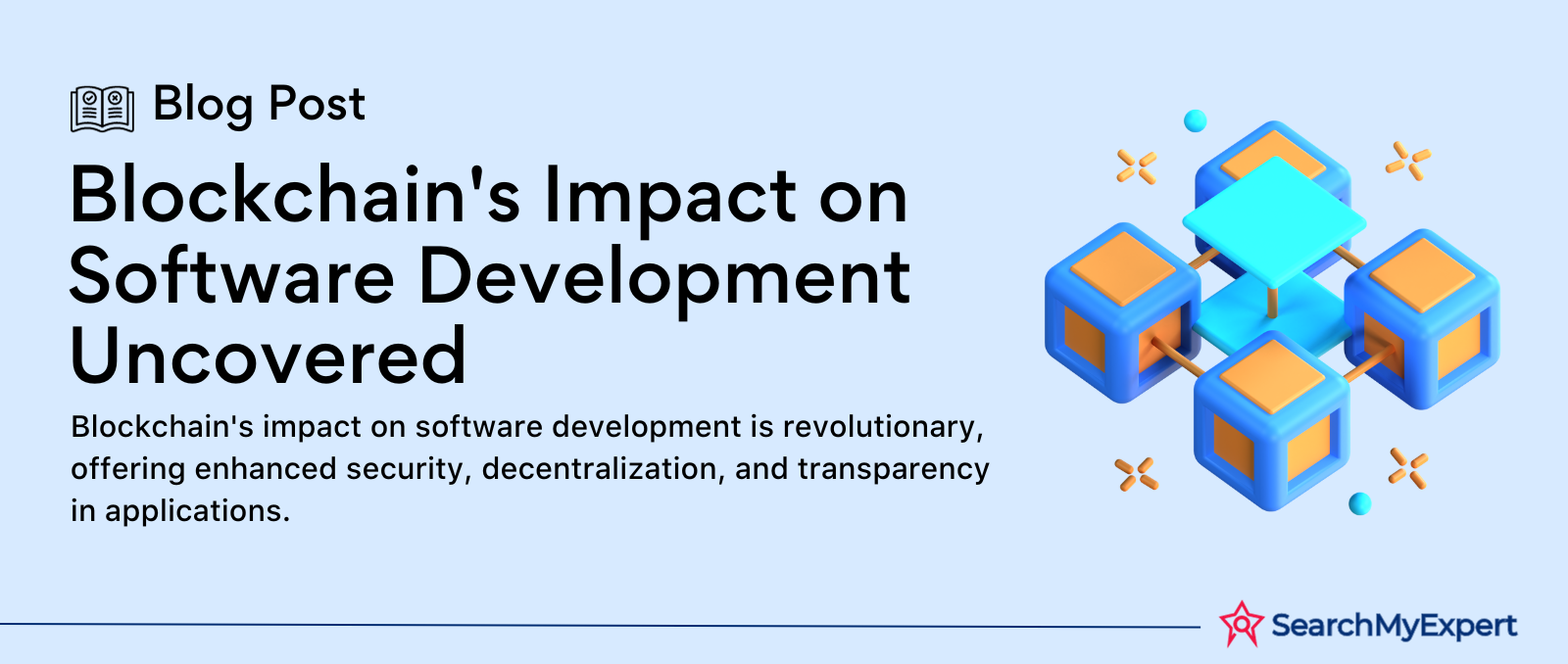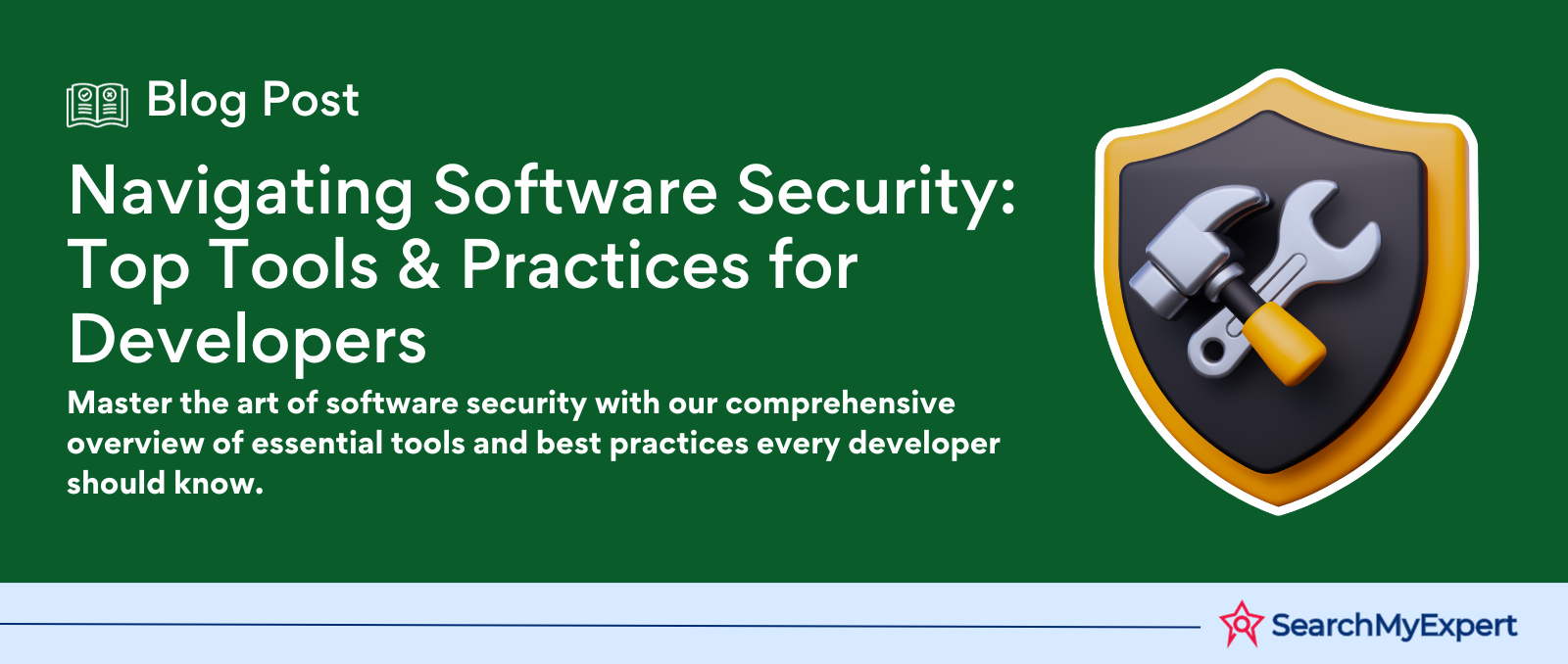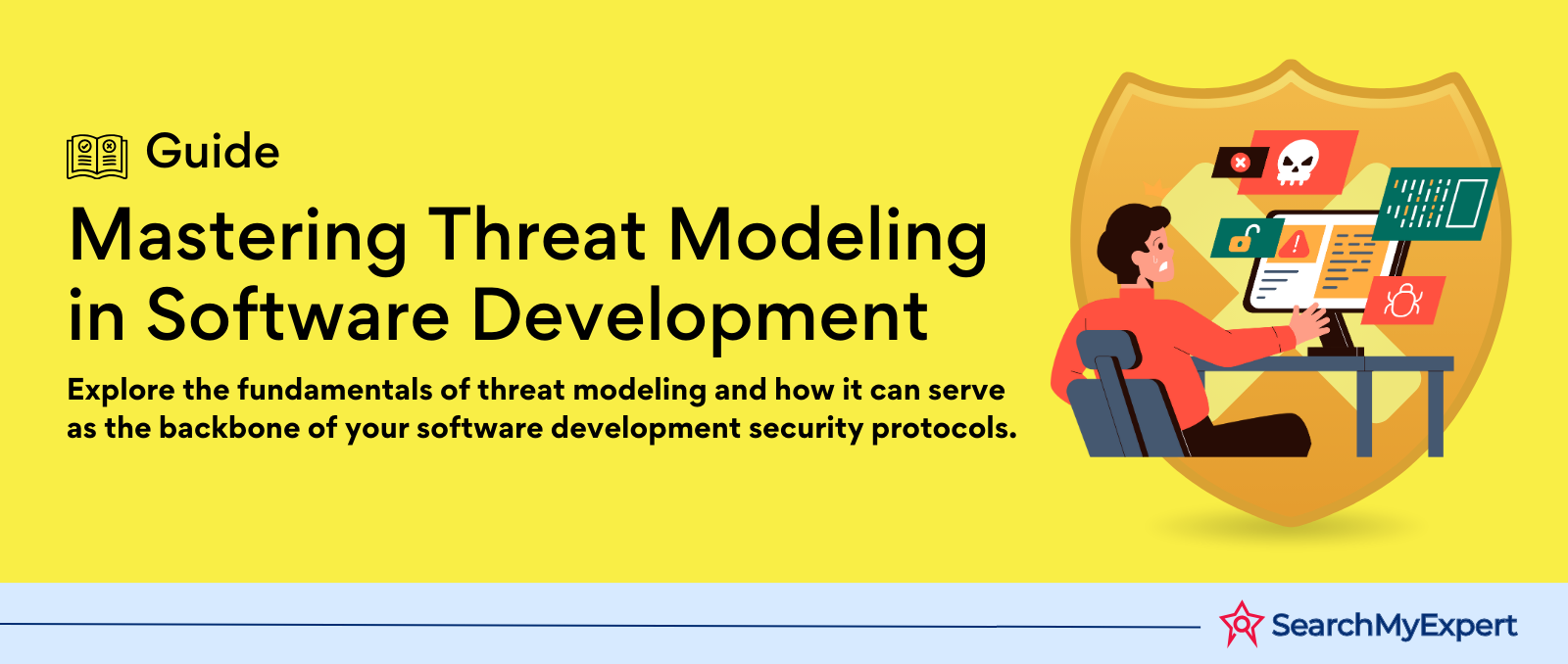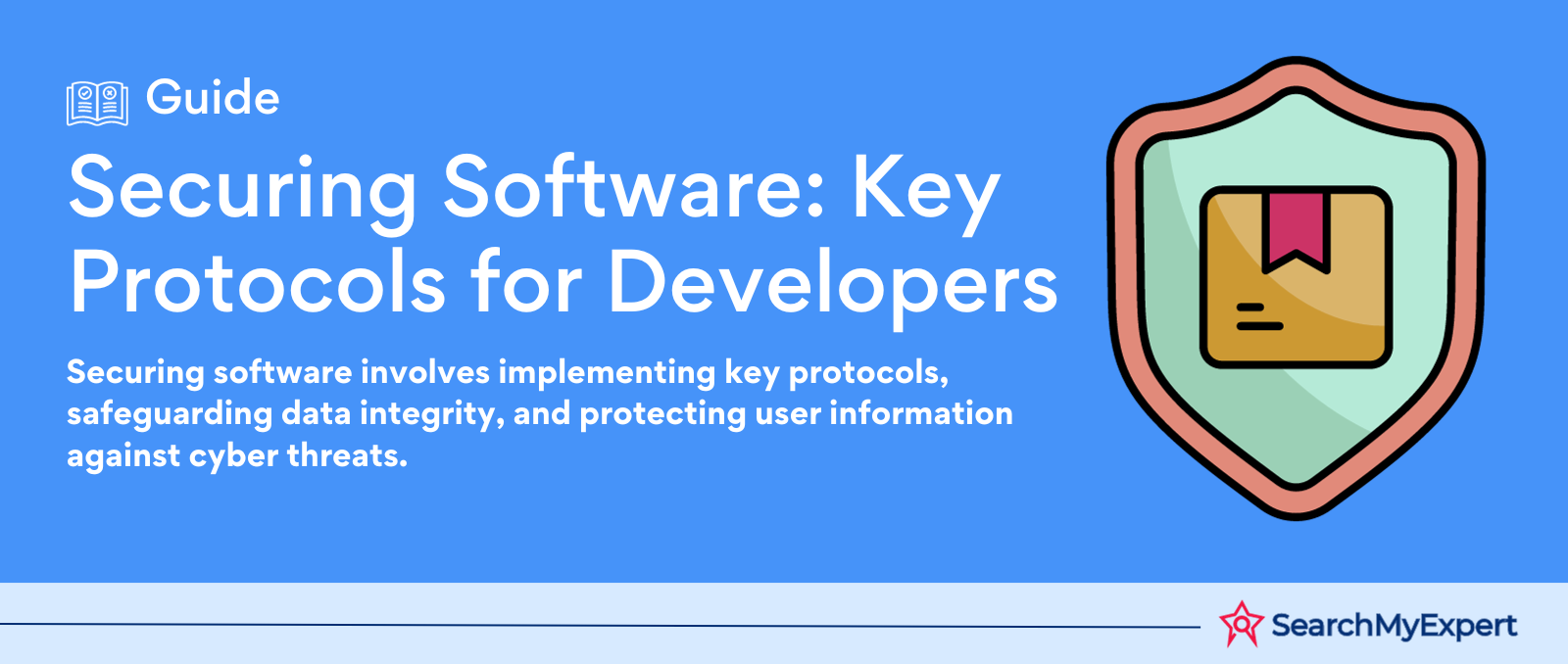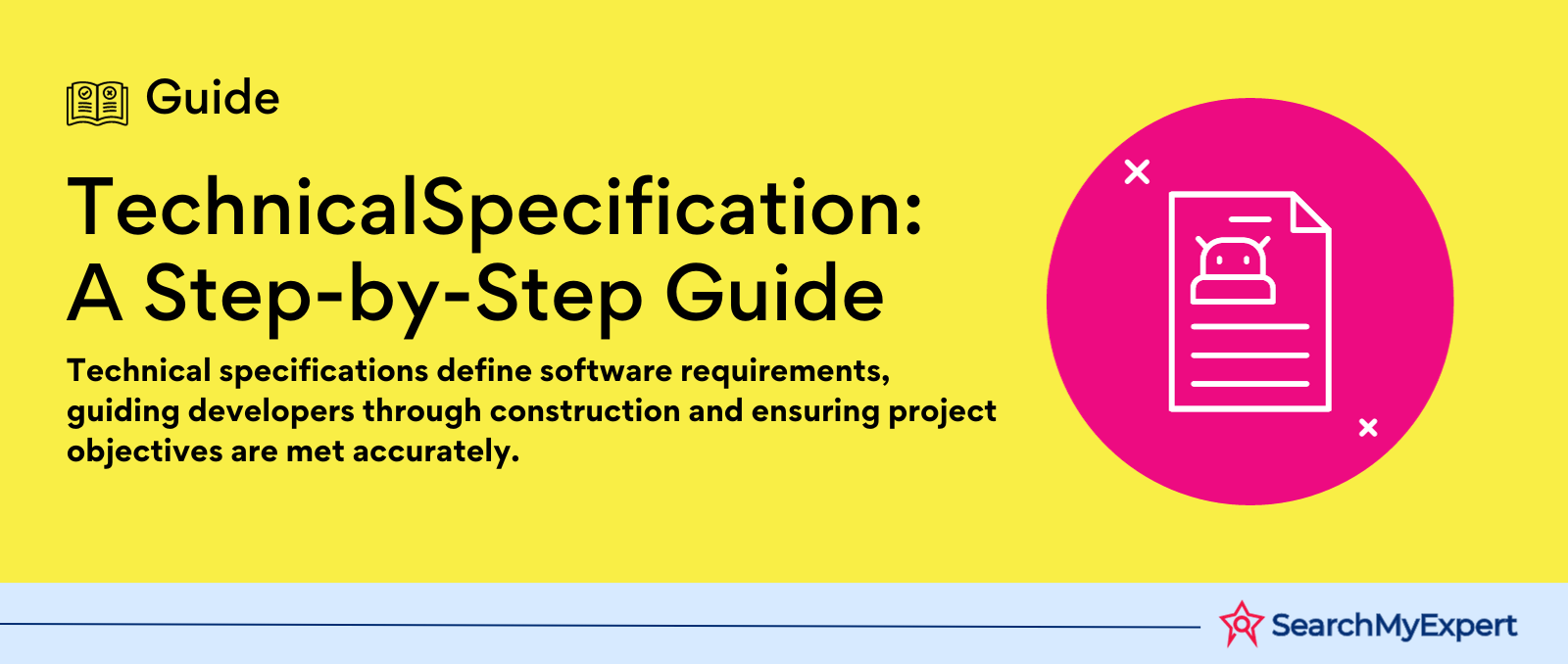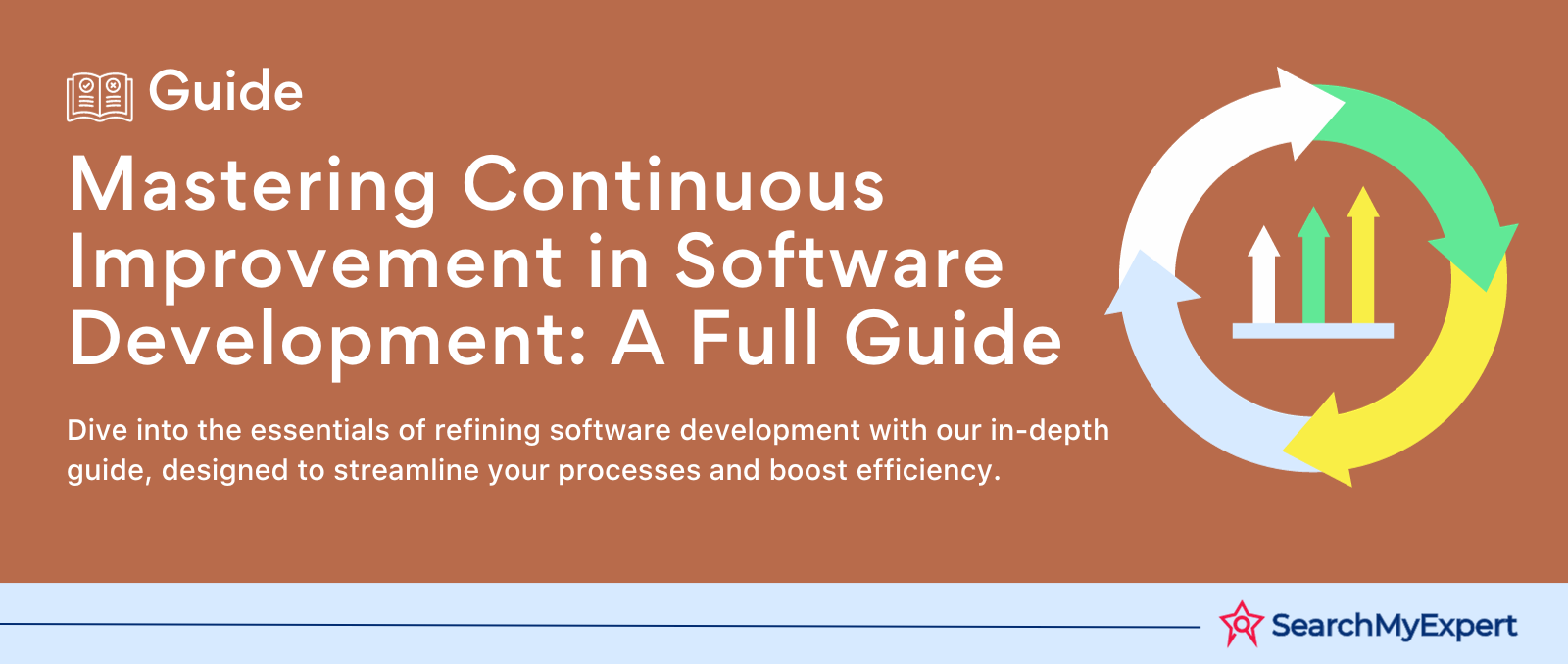Which one is the best for your project?
Takes 30s. 100% Free
Why search my expert?
5,440+
Verified Agencies
100%
Money Protection
1,000+
Satisfied Customers
Looking For Flutter Development Services in india?
Step into the world of seamless, natively compiled applications with our handpicked Flutter development companies in india. These tech artisans blend creativity with Flutter's dynamic framework to build beautiful, high-performance apps for both mobile and web from a single codebase. As you navigate through these Flutter frontrunners, it's worth noting that we've also dedicated time to curate a list of these specialists, ensuring you find a partner who can paint your digital canvas with the colors of innovation and usability.
Flutter is an open-source mobile application development framework in india created by Google that allows developers to build native-quality iOS and Android apps with a single codebase. It uses the Dart programming language and provides a rich set of customizable widgets and tools for building beautiful, fast, and native-quality apps.
Since its initial release in 2017, Flutter has seen rapid adoption and growth in the mobile development community. Some key reasons for its popularity:
- High-quality UI: Flutter's widgets and powerful rendering engine help developers easily create beautiful, fluid UIs that match the look and feel of native iOS and Android. Its "pixel-perfect" layouts and composability make it easy to create stunning UIs.
- Native performance: Apps made with Flutter compile to native code and utilize native SDKs, allowing for performance on par with native development. This results in fast rendering and reduced app size.
- Cross-platform capabilities: Flutter allows building for both iOS and Android from a single codebase. This significantly reduces development time and cost compared to building native apps for each platform.
- Extensive widget library: Flutter includes a large collection of customizable widgets for all UI needs like navigation, input, layouts, buttons, forms etc. This makes UI development highly productive.
- Access to native features: Flutter provides wrappers, plugins and bindings to access core platform features like camera, sensors, storage etc. Developers can easily integrate these into Flutter apps.
- Hot Reload: Flutter's hot reload feature instantly updates changes in the app during development, allowing for incredibly fast iterations and testing. This improves developer productivity.
Flutter adoption has grown rapidly over the past few years. According to a 2021 survey, 62% of developers were using or willing to use Flutter, making it one of the top choices for cross-platform development. Major companies like Google, eBay, Tencent, Alibaba, Square, and BMW have built production apps with Flutter. With its continued growth, Flutter is cementing its position as a top choice for mobile app development.
Benefits of hiring Flutter developers
Given Flutter's rising popularity, many businesses are keen to develop mobile apps with it. But Flutter's relative newness also makes hiring experienced Flutter developers challenging. Here are some key benefits of working with an expert Flutter development team:
- Faster time-to-market: Skilled Flutter developers help build apps faster and at lower cost than native app development. This enables launching apps on both Android and iOS faster.
- High quality apps: Expert Flutter developers create pixel-perfect UIs with buttery-smooth animations, gestures, and transitions matching native app quality. They leverage best practices to build robust apps.
- Reduced costs: Building two native apps is very expensive. Flutter's cross-platform capabilities let you make iOS and Android apps faster under-budget.
- Access to scarce skills: There is a shortage of expert Flutter developers. Outsourcing to a specialized Flutter development company gives you access to this scarce talent.
- Long-term support: Flutter keeps evolving with new features and capabilities. An expert team stays updated with the latest Flutter releases and Dart language improvements to build future-proof apps.
- End-to-end services: Established Flutter development firms provide full-cycle services - from consulting, UI/UX design, development, testing, deployment, maintenance and support.
Hiring dedicated Flutter developers from a reputed firm unlocks many benefits like faster go-to-market, reduced costs, and easy maintenance - making Flutter a very strategic choice for mobile app development.
Key considerations when selecting a Flutter development company in india
Here are some key factors to evaluate when selecting a Flutter development company in india:
- Relevant experience: Look for companies with extensive experience building real-world Flutter apps similar to yours. Evaluating their app portfolio gives insights into their expertise.
- Technical capabilities: The firm should have expert Flutter developers with proven skills in Dart, mobile SDKs, APIs, databases, testing etc. Ideally, they should specialize only in Flutter development.
- Design skills: Flutter allows creating beautiful, customized UIs. Seek companies with strong visual design skills for crafting elegant, user-centric designs.
- Development process: Look for companies that follow organized agile development with robust QA, project management, documentation and communication practices.
- Reliability and support: The company should be reliable in delivering within timelines and budget. Also ensure they offer long-term post-launch support for maintenance and updates.
- Pricing model: Compare project pricing models - fixed-price or hourly. Seek firms that provide flexible models optimized for cost savings.
- Client reviews: Feedback from past clients offers great insights into companies' overall quality of services and work approach.
Choosing the right Flutter app development company in india can greatly impact the success of your project. Carefully assessing technical expertise, design skills, communication model, reliability, pricing and past work is key for making the optimal choice.
Cost Considerations for Flutter Development in india
Breakdown of typical project costs and factors affecting pricing
Flutter offers significant cost savings compared to native app development in india, but app complexity and size still impact overall project costs. Here is a typical cost breakdown for a medium complexity Flutter app:
- Initial discovery: $5,000 - $10,000 Covers project scoping, technical planning, prototyping and design strategy.
- UI/UX design: $8,000 - $16,000 Includes wireframing, high-fidelity visual designs, brand alignment, usability testing.
- Development: $35,000 - $70,000 Encompasses full development from database design, APIs, business logic, integrations, testing, deployment.
- Testing and QA: $5,000 - $12,000 Includes manual testing, creating automation test scripts, and extensive pre-launch testing.
- Project management: $8,000 - $16,000 Handles scoping, scheduling, risk management, documentation, team coordination.
- Post-launch support: $3,000/month - $7,000/month Covers ongoing bug fixes, maintenance, new features, and version updates.
In total, a typical Flutter app can cost around $75,000 - $150,000+ for development. The exact cost varies based on the app's complexity, features, design needs and post-launch support plans. However, building the same app natively for iOS and Android would cost vastly more - likely upwards of $200,000+.
Strategies for optimizing project expenses
Smart approaches can optimize project costs:
- Leverage reusable components and libraries for common functions like menus, forms, navigation etc.
- Use open-source Flutter tools and plugins for maps, payments, multimedia etc.
- Start with MVP featuring only core functionality, adding other features post-launch.
- Evaluate technical solutions to pick ones offering best performance at lower complexity.
- Consider offshore/nearshore Flutter developers which provide high skills at lower hourly rates.
- Evaluate monthly retainers for long-term support vs hourly consulting.
- Phase out projects into versions for better budgeting and priority management.
- Allocate extra time for discovery, design and testing - cuts downstream costs.
- Freeze requirements early and avoid scope creep for cost predictability.
- Work with experienced Flutter developers who can provide guidance on optimizing costs.
Choosing the right development partner who adopts best practices for efficiency, leverages existing resources, and aligns priorities to key goals is critical for optimizing Flutter app costs.
Tips for negotiating with Flutter development companies
When negotiating pricing and contracts, consider these tips:
- Have a clear budget and timeline expectation for the project.
- Share detailed requirements, priorities, and constraints to get an accurate estimate.
- Ask about potential risks, technology choices, and process optimizations.
- Compare proposals in detail - don't just consider upfront development costs.
- Clarify post-launch support pricing models - retainers, hourly billing etc.
- Lock in rates for additional work needed after project completion.
- Understand payment structures - upfront, milestones, post-launch etc.
- Ensure contract protects IP rights and confidentiality.
- Confirm a warranty period for bug fixes after launch.
- Negotiate licensing fees if leveraging their pre-built modules.
- Include criteria for support response times/SLAs post-launch.
- Leverage long-term partnerships for better rates on future projects.
Thorough negotiations and contracting is key to setting the right expectations upfront and maximizing the value delivered for the budget.
Hiring Flutter Developers In-House vs Outsourcing in india
Advantages and disadvantages of in-house and outsourcing approaches
Companies have two primary options for obtaining Flutter development talent - building an in-house team or outsourcing to an external firm. Here are some pros and cons of each approach:
In-house Flutter team
Advantages:
- Better control and oversight over developers
- Broader knowledge of company goals and products
- Developers build deeper domain expertise over time
- Internal teams integrate better with other departments
- Provides full-time dedicated resources
- Keeps key skills and IP internal to company
Disadvantages:
- High costs of recruiting and retaining top talent
- Significant time and effort for hiring and team building
- Scarcity of Flutter experts amplifies hiring challenges
- Hard to scale team size up or down as needs change
- Lack of experience with other tools and industries
- Challenging to stay updated on newest Flutter releases
Outsourced Flutter development
Advantages:
- Access to vetted, specialized Flutter experts
- Far lower costs than building in-house team
- Experienced talent without lengthy hiring process
- Scalability - team size can be adjusted as needed
- Exposure to best practices across industries
- Access to diverse range of skills and technologies
- Flexibility - no overhead beyond project timeline
Disadvantages:
- Less control compared to in-house team
- Potential communication gaps due to geographic distance
- Can't build deep domain expertise like in-house talent
- Offshore teams have higher oversight needs
- More effort needed for specifications and knowledge transfer
- Contracting complexity for IP protection, payments etc.
Assessment of company's resources and needs
The optimal choice depends on factors like:
- Core technical capabilities needed - general Flutter or specialized skills?
- Depth of domain knowledge required for the project
- Size and duration of the project
- Requirements for security, IP protection and proximity
- Available budget and talent pool
- Need for post-launch support and ongoing development
- Focus on core competencies rather than building internal teams
Recommendations based on specific business scenarios
- Startup building their core product - In-house team for deeper expertise
- Company launching short-term campaign app - Outsourced for speed and flexibility
- Building public-facing consumer app - Outsourced for dedicated focus
- Adding new feature to existing maintained app - In-house team's knowledge valuable
- Budget constraints but need regular updates - Outsourced retainer model ideal
- Complex app with advanced custom features - Blend both to augment skills
The choice between in-house and outsourced depends on the context. For most companies today, partnering with specialized firms provides the best combination of world-class skills, reasonable costs and flexibility. A blended approach addresses the gaps each model has and provides the benefits of both.
Future Trends in Flutter Development in india
Emerging technologies and advancements in Flutter in india
Flutter is rapidly evolving with new capabilities and integrations. Here are some key emerging trends:
- Enhanced desktop support: Flutter now allows building for MacOS, Windows and Linux desktops using the same mobile codebase. This expands the reach of Flutter apps significantly.
- Web support: Flutter can now compile apps for the web using frameworks like Flutter Web and Hummingbird. This enables web experiences powered by Flutter's strengths.
- Embedded devices: Flutter is being adapted to embedded systems like cars, TVs, wearables etc. using binaries like Flutter Embedded. This opens up whole new categories of Flutter powered devices.
- Augmented reality: Flutter integrations with AR tools like ARCore, ARKit and WebAR are enabling next-gen augmented reality experiences through Flutter apps.
- Enhanced accessibility: Flutter is improving accessibility support through navigator 2.0, better screen reader support and related enhancements. This helps reach more diverse users.
- Multi-platform code sharing: New Flutter architectures like layered architecture and responsive framework help maximize code reuse across different platforms like web, mobile and desktop.
- Reduced app size: Flutter's upcoming incremental compiler and related optimizations aim to significantly reduce compiled app sizes for faster downloads.
- Enhanced UI tooling: Flutter Canvas visual UI builder, upcoming drag-and-drop support, and revamped devtools aim to boost UI development productivity.
- Faster performance: Initiative like Project Hummingbird are making Flutter run faster through faster rendering, reduced framework latency, and ahead-of-time compilation.
These innovations will expand Flutter into new domains and improve capabilities for existing mobile apps in the coming years.
Impact of these trends on Flutter developer demand and skills in india
Flutter's growing ubiquity across platforms will have key impacts in india:
- Increased demand: More Flutter use in web, desktop and embedded apps exponentially increases demand for Flutter developers.
- Expanded skill sets: Flutter developers will need skills in Dart web programming, desktop support, AR integrations and multi-platform code sharing.
- Architecture focus: Data models, business logic and modular architectures will become more critical to reuse code across platforms.
- Design emphasis: Design skills for crafting adaptive, responsive experiences across devices and input types will be highly valued.
- Transition support: Developers skilled in migrating existing native or hybrid codebases to Flutter will be in demand, as Flutter gets adopted in more production apps.
- Testing focus: Flutter's expansion significantly increases need for strong test automation skills across platforms.
- Team collaboration: With Flutter entering more domains, developers will need skills to collaborate effectively with other teams like backend, web, design etc.
The Flutter explosion into multi-platform development will make Flutter experts among the most sought-after developers in the industry.
Strategies for staying ahead in the competitive Flutter landscape
For developers and companies using Flutter, the key is to stay ahead of the curve through:
- Ongoing training on Dart, mobile, web and desktop development skills.
- Experimenting with bleeding-edge Flutter integrations like embedded devices, AR etc.
- Contributing to Flutter open source projects to gain firsthand exposure to new developments.
- Building reusable components, libraries and architecture patterns ready for multi-platform usage.
- Developing skills in reactive and asynchronous programming techniques used extensively in Flutter.
- Understanding how to maximize code reuse across platform targets like web, mobile etc.
- Collaborating with UX/UI designers on adaptive designs for multiple form factors.
- Staying updated on Google's Flutter roadmap and event announcements for upcoming features.
- Evaluating and integrating new Flutter platform releases into existing codebases.
- Testing across a diverse range of devices and browsers to ensure broad compatibility.
Flutter’s meteoric rise shows no signs of slowing down. Developers staying abreast of Flutter advancements and crafting reusable, flexible code will be best positioned to tap into surging market demand for Flutter experts across domains.
Conclusion
Summary of key points and takeaways
Flutter has rapidly emerged as a top choice for building high-quality mobile apps. Here are the key conclusions:
- Flutter provides a modern development framework for building beautiful, fast mobile apps with native performance using a single Dart codebase. Its popularity has surged thanks to these benefits.
- Flutter allows crafting exceptional experiences on par with native platforms, while saving significant time and cost compared to native iOS and Android development.
- Hiring experienced Flutter experts from a reputable firm provides strategic advantages like faster time-to-market, lower costs, and easy maintenance.
- Leading Flutter firms worldwide like Netguru, LeanFlutter, OpenGeeksLab etc. offer proven expertise in end-to-end app development powered by their specialized Flutter teams.
- Real world examples showcase Flutter’s capabilities - from intuitive UIs, robust functionalities, real-time data integrations to dynamic visual designs - for delivering outstanding results.
- Typical Flutter app development costs range from $75,000 to $150,000+ depending on complexity, design needs and post-launch support. Strategic decisions can optimize these costs.
- For most businesses, partnering with specialized firms provides the optimal blend of world-class talent, reasonable pricing, speed and flexibility.
- Flutter is expanding into web, desktop, embedded devices and other platforms. This will drive surging demand for Flutter skills across domains.
- Developers staying updated on emerging Flutter capabilities and crafting flexible, reusable code will be poised to tap into the growing market potential.
The bottomline - Flutter’s multi-platform strengths make it a strategic choice to consider for any company looking to build high-quality mobile or web apps.
Recommendations for selecting the right Flutter development partner
When selecting a Flutter development company in india, follow these recommendations:
- Shortlist companies with proven expertise in Flutter app types similar to yours. Evaluate their portfolio depth.
- Prioritize firms with strong design capabilities relevant to your app’s visual needs.
- Look for teams following established development practices for quality and collaboration.
- Confirm they have experience with the integrations needed for your app features.
- Validate communication models, project management practices and technology choices.
- Compare pricing models and negotiate contracts that provide optimal value.
- Ask about their roadmap, skill development initiatives and specializations to gauge future readiness.
- Talk to past clients to gain insights into their work style, strengths and limitations.
The right partner can make or break your Flutter app’s success. Do thorough research and evaluation before choosing a team that best fits your specific project context and goals.
Outlook for the future of Flutter and its impact on the mobile app development industry
Flutter is poised to continue its rise as a leading cross-platform development framework. With its expansion into web, desktop and embedded devices, we can expect:
- Flutter will become a top choice for apps across mobile, web and devices over native options.
- Demand for Flutter developers with multi-platform skills will far outstrip supply, commanding premium salaries.
- Flutter will expand from startups to large enterprises looking to modernize their app landscape.
- Many existing apps will migrate from native or hybrid approaches to Flutter for efficiency.
- Flutter will dominate industry discussions as developers flock to it for multi-experience apps.
- Flutter will cement Dart usage across mobile, backend and web development domains.
Flutter’s game-changing potential makes it a crucial skill for any modern developer. For businesses, its strategic benefits are too significant to ignore for any app-related initiative today or in the future.
FAQ
FAQs about Flutter Development
Blog posts
Trends Related To Flutter Development
